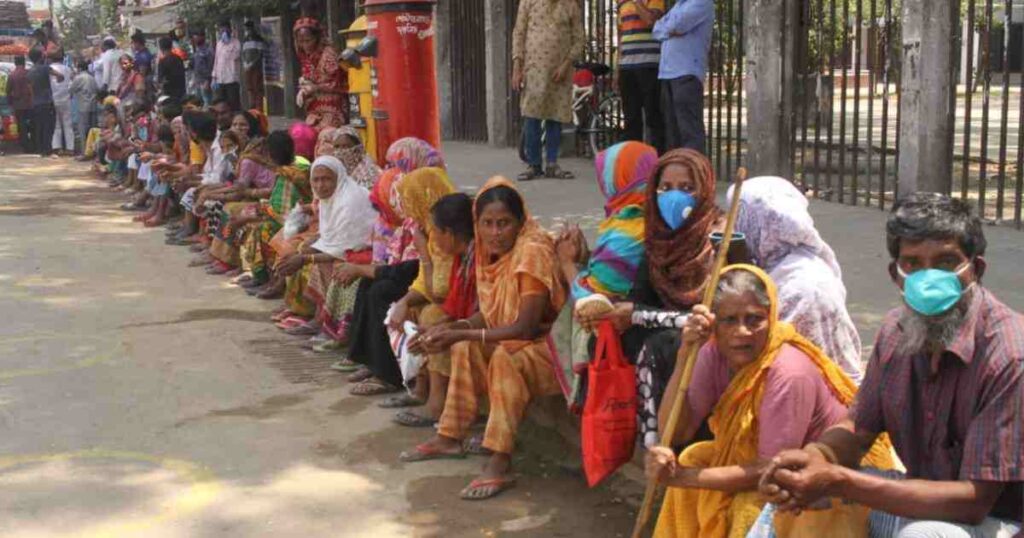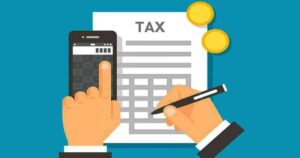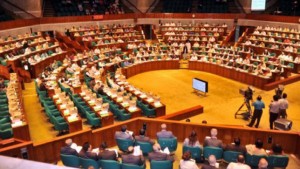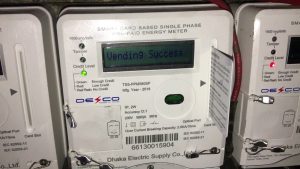The average family income loss between March and May hovers at around 74 percent, while over 1.4 million migrant workers have returned or are on their way back home due to job loss.
BRAC, DataSense and Unnayan Shamannay dug out the harrowing data in a joint exercise of attempting to develop a vulnerability index.
The findings and recommendations of the study titled “COVID-19 and national budget 2020-2021: Rethinking strategy for the bottom of the pyramid” were revealed at a digitally organised press conference on Monday.
It said that Bangladesh’s economy and development are at a critical juncture in the wake of COVID-19, where financially poorest people are most affected in terms of both economy and health whereas At present 100.22 million people face high risk of economic and health vulnerabilities.
Chairman of Power and Participation Research Centre (PPRC) and chairperson of BRAC Dr Hossain Zillur Rahman presided over the event.Former governor of Bangladesh Bank Dr Atiur Rahman attended the programme as the chief guest.
Senior director of BRAC KAM Morshed moderated the press conference while chief executive officer of iSocial Dr Ananya Raihan presented the survey report.
Senior research fellow of Bangladesh Institute of Development Studies (BIDS) Dr Nazneen Ahmed and executive director of BRAC Institute of Governance and Development (BIGD) Dr Imran Matin were present as panel speakers.
The findings and recommendations of the study are drawn from holistic reviews of a number of studies recently conducted by BRAC, BIGD, PPRC, International Monetary Fund and other national and international bodies, along with the data obtained from a primary survey, which was conducted on 962 respondents randomly selected from 25 districts of the country, during the period of May 15-18.
The study findings show that among the people at high risk of economic and health vulnerabilities, 53.64 million are extreme poor, including those pushed down to extreme poverty by the pandemic. (By definition of extreme poor: $1.9 PPP income per day.) While 47.33 million extreme poor face high economic risk, 36.33 million are at high health risk.
The primary survey reveals that the pandemic has variously affected the low-income people. It shows that 34.8% of households interviewed have at least one member who lost their job. The average family income loss between March and May hovers at around 74%.
People in the informal sector, including day-labourers, have suffered most. The manufacturing sector also experienced a major blow. For example, the readymade garment sector experienced 84% reduction in exports in April 2020 compared with April 2019. Between mid-March and April 7, 2020, 1,116 factories have been reported closed and 2.19 million workers lost their job.
The study further reveals that – Bottom of the pyramid population is at higher risk of contracting the disease. In case of death of the earning member of the family, there is a high chance of starvation and malnutrition, especially among women and children.
The COVID-19 is causing new kinds of economic, social and digital divides. As only 34% of households have access to smartphones and 54% have access to TV, children of the lowest economic rung mostly remain excluded from any form of education provided through digital channels.
More than one million migrants have returned or are returning home due to job loss. The migrants staying in the destination countries have become subject to a debt trap, social stigma and an uncertain future.The COVID-19 has imposed further difficulties on the lives of people with special needs and their families.
Dr Atiur Rahman said, “Medium, small and micro enterprises need help as 60% of them will be out of business. We can allocate Tk 20,000 crore for this sector. The entire money needs to be refinanced by the Bangladesh Bank. Banks are not interested to give loans to MSMEs which they don’t know. Refinance line has to be increased so that risk sharing by bank is promoted.”
He said that There is no risk of inflation yet. Economy is not that vibrant. Fuel prices are low because world market prices are low.
“Microfinance institutions can be given more refinancing facilities. Also banks should be given credit guarantee schemes so that they are encouraged to provide credit to MSMEs for which budget allocation is required,” he said.
Dr Nazneen Ahmed said, “Fuel subsidy to transport operators can be provided so they will not require to increase fares.”
Dr Hossain Zillur Rahman said, “Instead of making new lists it is best if existing lists can be used. Instead of Tk 100, Tk 500 per head may be allocated as stipend for 7.8 million primary students. That way we can ensure support reaches to the right people.”
Based on the study findings, a number of recommendations were made for inclusion in the national budget 2020-21:Introduce cash transfers for COVID-19 positive patients for income losses and 3-year cash support if any income earner of the extreme poor and poor households dies due to COVID-19.
Introduce universal unemployment benefit scheme, starting with extreme poor and poor by FY 2020-2021 and for other unemployed groups from FY 2021-2022.
Introduce a universal identification system of citizens (irrespective of age) for enabling citizens to access services and receive benefits within FY 2020-2021.
Include all citizens into universal digital services for getting benefits of social protection schemes, credit, savings and insurance services through public-private partnership.
Launch a special programme for returnee migrants at home and migrant workers in destination countries as well to compensate income loss, create jobs and help them get out of debt trap and social stigma.
Introduce access to individual digital devices and internet connectivity to all Bangladeshi citizens above 16 years old to ensure access to livelihood, education, health and safety.Allocate maximum resources for fighting COVID-19 and enforce public-private-NGO collaboration and coordination.
Also to minimise health risks, a mix of work-from-home and work-from-office has been proposed. Besides, six-hourly workdays with up to three shifts for offices and factories have been recommended to reduce traffic on the road, and maintain social distancing at the workplace and on public transport.
source: UNB




